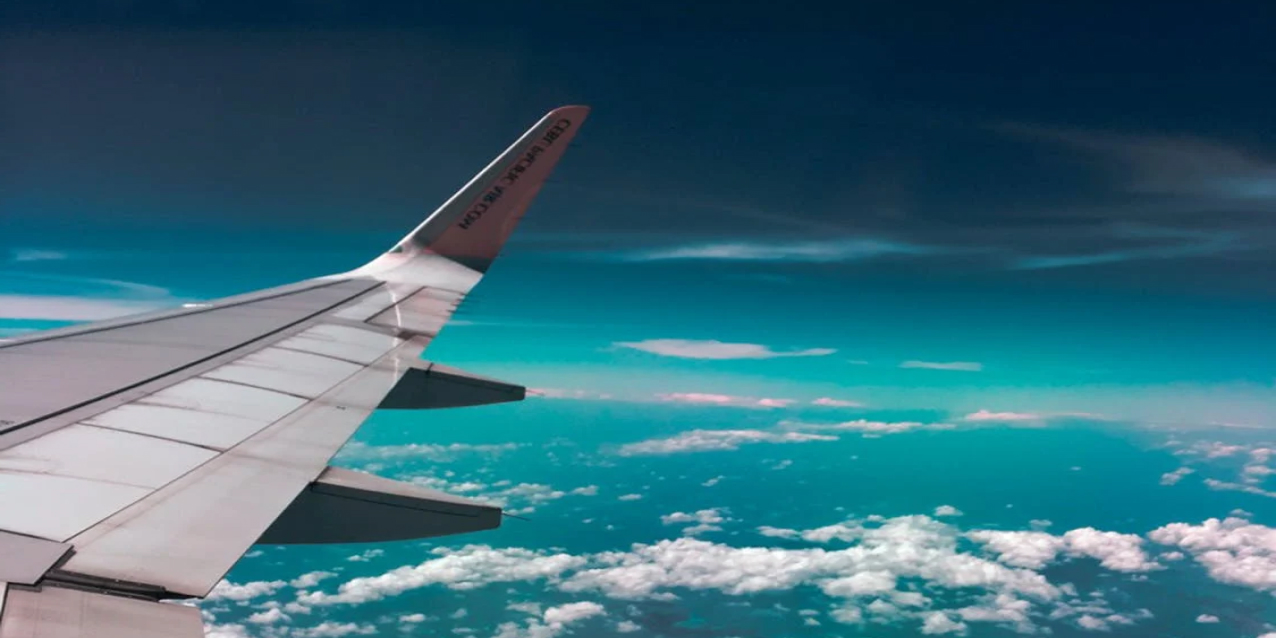Airplane Cabin Air Safety


As travelers are more concerned about flying during the times of COVID-19, one of the key issues is determining how the air on planes can possibly spread infection.
Before getting into the discussion, always keep in mind these key Considerations to stay as safe and healthy as possible on planes:
The Centers for Disease Control (CDC) says "Travel increases your chances of getting and spreading COVID-19" and the Association of Flight Attendants (AFA) reports hundreds of cabin crew have tested positive for the virus. But this issue is not new - the AFA is vocal about cabin air through its Air Quality page, which details multiple concerns about shortages of oxygen and outside air, contaminated air supplies, and high concentrations of pesticides.
Airlines are publicly assuring passengers that aircraft air filtration systems are state of the art:
Airlines say their HEPA filters remove 99.7% of airborne particles (e.g. United Airlines) to 99.999% (e.g. Delta). Most aircraft cabin air is "carefully controlled" and completely changed 20 to 30 times per hour with recirculation systems that blend some fresh air with up to 50% recycled of cabin air that pass through HEPA filters on "most modern aircraft," according to the World Health Organization (WHO)
Experts express doubt about the ability to completely scrub air for zero chance of spreading the virus:
1) Experts from various fields agree that the air on a plane cabin is filtered very well and the chances of getting the coronavirus while on a plane in flight are low. That's because most planes have what are known as high-efficiency particulate air filters. H.E.P.A. is a designation describing filters that can trap 99.97 percent of particles that are at least 0.3 microns in size.
2) We know that the coronavirus has been transported by people traveling from one place to another on planes, but we don't know exactly how many people have contracted the virus on a plane, epidemiologists and aviation experts said. In order to know how many people caught the virus on a single flight, everyone on the flight would have to be tested as soon as they got off.
3) Air is pushed through the filter and particles are trapped inside. Smaller particles are slowed down and kept from passing through the filter when they meet with molecules of gas, increasing the chances of their being trapped. Viruses like the coronavirus are smaller than the filters, but they tend to cluster on the larger droplets of moisture that get trapped. Most planes recycle 25 to 30 percent of cabin air. The air being recycled passes through the H.E.P.A. filter which traps virus particles. The other 70 to 75 percent of air is evacuated overboard every couple of minutes, meaning there is new air in the cabin every two to five minutes, depending on the size of the plane.
4) A study done by scientists at the Harvard T.H. Chan School of Public Health said that "when a plane exceeds 60 percent load factors (percent of seats occupied), it is no longer possible to rely on physical distancing alone to mitigate the risk of virus transmission." Researchers said that airlines should be enforcing both social distancing policies — like leaving middle seats open — and mask wearing. Having fewer people on a plane means that there's less of a risk of people coming into contact with someone who has the virus.
5) Flying isn't just sitting on a plane - Many studies focus on the in-air cabin experience, not the parts of traveling that involve interaction with other people, often in proximity - i.e. three phases of air travel: boarding, cruising and deplaning. "Each of these segments involves unique activities, such as storing and retrieving luggage, using seat trays while eating, using entertainment systems, standing in the aisle and using the lavatory."
6) Eating and using bathrooms are risky - a) Like in the cabin, air in a plane's bathrooms is continually changed. Toilets on planes use a vacuum system to move waste to the holding tank from the toilet, so when you flush, air is pulled in through the vacuum. But using bathrooms are dangerous for surfaces and particle flow. Suggestion: wait at least 30 seconds before following anyone in the bathroom and use paper towels / tissues / gloves when touching any surfaces. b) "Airlines serve food to everyone and the same time and it's very bad because it means everyone is taking off their masks at the same time and all the particles are in the air then." Suggestion: airlines stagger eating times so everyone isn't unmasked at the same time
7) Actions off the plane matter too - People likely have more to worry about before getting on the plane, when they are in the terminal, going through security or sitting in airport restaurants and bars. "People think the plane is the riskiest, so they'll get food and a drink at a restaurant or bar in the airport with their mask off, but that's risky."
HEPA is a type of pleated mechanical air filter. It is an acronym for "high efficiency particulate air [filter]" (as officially defined by the U.S. Dept. of Energy). This type of air filter can theoretically remove at least 99.97% of dust, pollen, mold, bacteria, and any airborne particles with a size of 0.3 microns (µm). The diameter specification of 0.3 microns responds to the worst case; the most penetrating particle size (MPPS). Particles that are larger or smaller are trapped with even higher efficiency. Using the worst case particle size results in the worst case efficiency rating (i.e. 99.97% or better for all particle sizes).